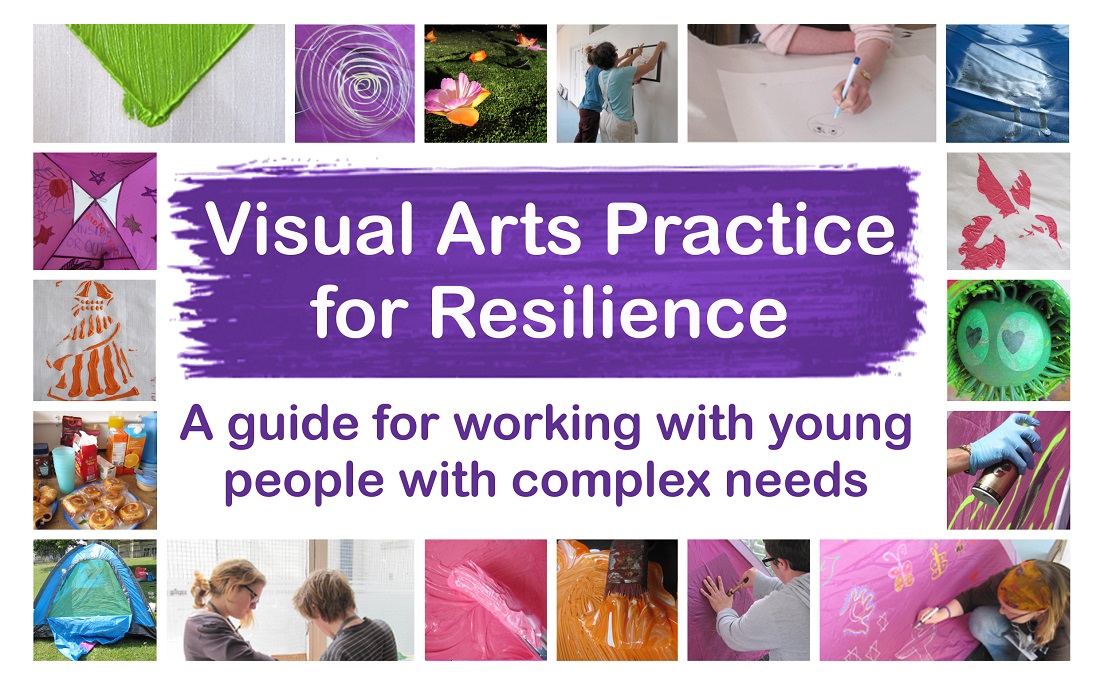 [email protected]
[email protected]
To reframe resilience as a social practice means we attend to the elements comprising practices as elements form a bridge between practices-as-performances (meanings, materials and competencies) and practices-as-entities (constituted through integrations).
Resilience is the ability to withstand and recover from stressful life challenges, becoming strengthened and more resourceful. It’s a concept and source of knowledge that the Insiders’ Guide Parent-Carer Support Course translates into practical things that parent carers need to make happen to improve the odds for children and families managing tough times.
This resilient classroom resource was created and developed to provide practical help for tutors and other pastoral staff and is suitable for use in the tutor group setting. It supports the tutor group structure and helps build relationships between tutors and students. Students and heads of years have been involved, through consultation and participation, in providing useful and appropriate exercises.
Resilience can both contribute to, and be developed within, positive peer relationships. Research studies link parent-child interactions, peer play patterns, school climate and learning, exclusion and disaffection, and even the contemporary consumer culture value system that surrounds us all.
Experiential resilience is experienced as developing a meaningful sense, in light of perceived challenge, of space-related essential feelings of dwelling, refuge, playground and path.
Building the resilient school from the ground up generated new insights amongst teaching staff and allowed the school to try out interventions to see which were successful. As the programme developed the school began to assess pupils for attachment to the school and looked at strengths and difficulties.
Double session: ‘Building resilience alongside vulnerable young people in a technological age’ & ‘Working with teachers, parents, and children with complex backgrounds in Greece: a resilience, ecosystemic, and psychodynamically oriented partnership model’.



